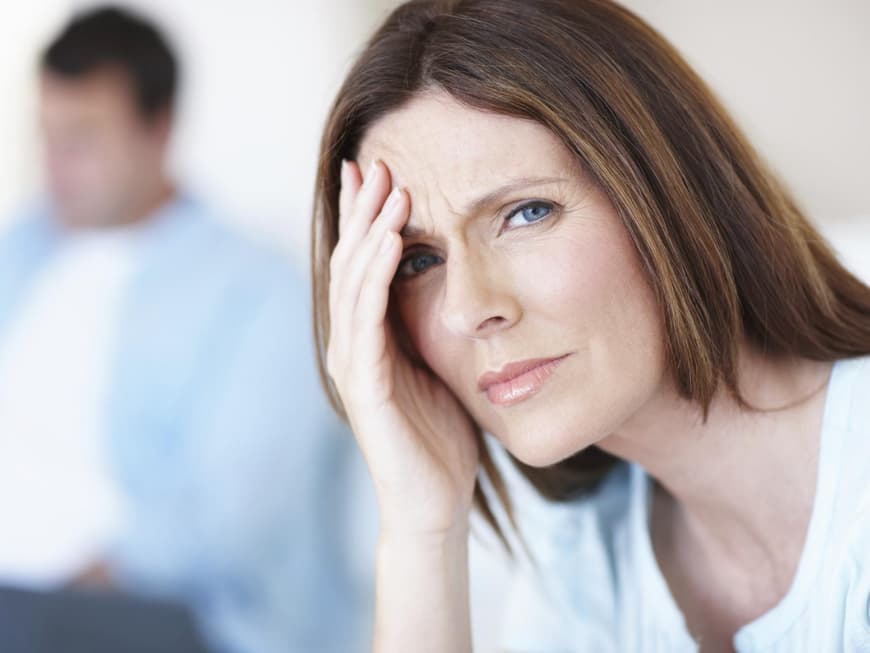
Headaches have numerous causes
The trigger is not always clear at first glance. This is because the pain can have numerous causes. It can be a sign of a cold. Or the air in the room is simply too warm and stuffy. In this case, proper ventilation would soon banish the discomfort.
There's another cause that we don't always think of straight away: overly tense muscles in the neck and head area! We suffer from this particularly often in winter. The reason: as soon as we get cold, we pull our shoulders up, which can lead to tension. Added to this is the cold air. When it hits the scalp, the thin muscles underneath contract like a cramp and we feel pain. This is explained by Dr. Frank Bergmann from the Professional Association of German Neurologists. Doctors then speak of tension headaches. The pain is dull to oppressive, and goes from the neck to the forehead.
Acetylsalicylic acid and ibuprofen can help
If the headache occurs from time to time, over-the-counter painkillers from the pharmacy can help, for example with the active ingredients acetylsalicylic acid or ibuprofen. However, you should avoid taking the medication more than ten times a month. This is because there is a risk that the symptoms will increase as the body gets used to the medication. It then demands a "top-up". If it does not receive this, withdrawal symptoms occur in the form of headaches.
Those affected who do not want to take a tablet straight away can try peppermint oil, tiger balm and exercise first. This stimulates blood circulation and relaxes the muscles. Relaxation techniques such as autogenic training or mindfulness exercises can also help. For example: lie down comfortably, close your eyes and go through your body from head to toe in your mind. Pay conscious attention to your breathing and feel inside yourself. Imagine your toes and feel how your breath leads you there. Mindfulness courses are offered by alternative practitioners and adult education centers, for example.
Migraines and cluster headaches
In addition to tension headaches, there are also migraines and cluster headaches. Here the symptoms usually only occur on one side of the head. And there are accompanying symptoms. Cluster headaches in particular cause severe discomfort around the eye. These become red and watery, while the nose runs or is blocked. There are special medications for the treatment of migraines and cluster headaches. They are called triptans and are designed to calm overactive nerves in the brain.
